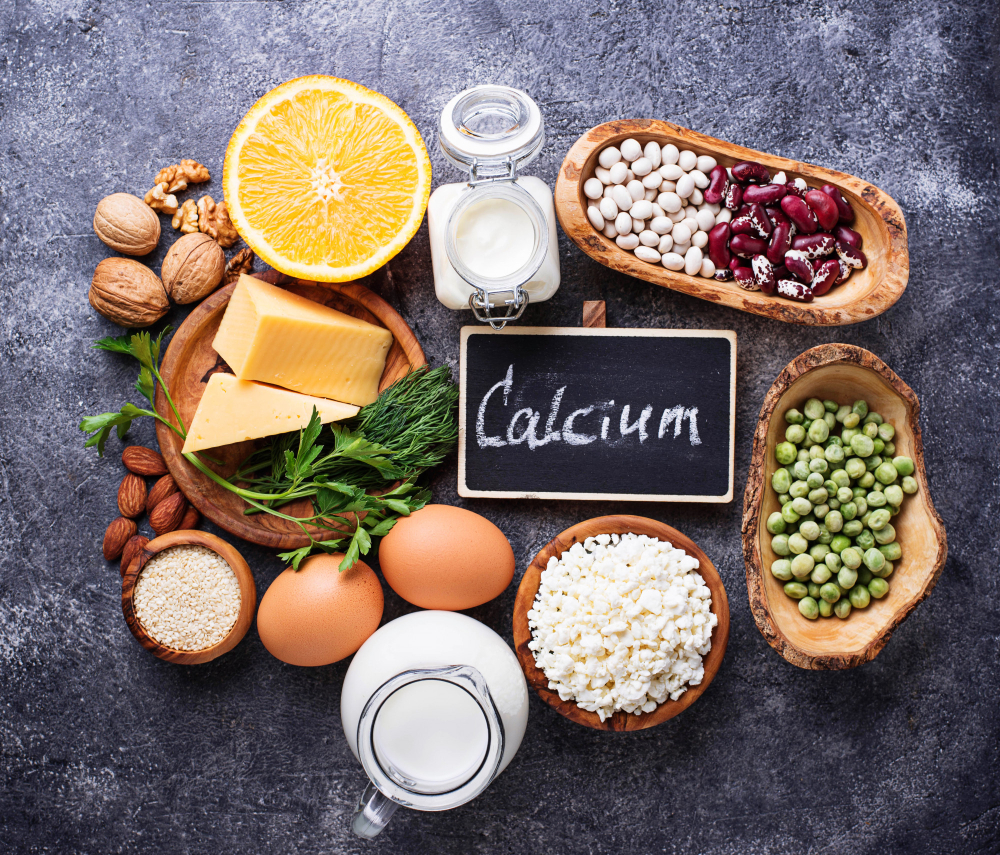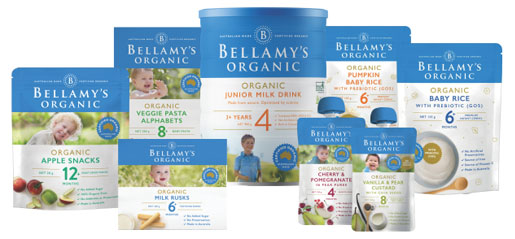Organic production and consumption by continent
Organic food has been a worldwide trend, stimulating the growth in production and consumption in national markets around the globe. This article will give you a brief summary on trends in organic farming in different continents.
1. Asia
The total organic area in Asia is nearly 2.9 million hectares, equivalent to 9% of the world’s organic agricultural land, involving 230.000 producers.
The leading countries in organic production are China (1.6 million hectares) and India (1 million hectares). The highest shares of organic land of all agricultural land are in Timor Leste (7%).
An emerging category in organic production is aquaculture (shrimp and fish), supplied by producers from China, Indonesia, Vietnam, Thailand, Malaysia and Myanmar.
A case worth noticing for growth in popularity of organic products in Asia is China, with its fast-paced growth in export of $300.000 in 1995 to $350 mil. in 2004. Its domestic demand, on the other hand, is also staggeringly high due to increasing concerns over food safety and the high rate of nitrogen fertilizer use. The high demand in returns makes the price of organic products on average 10 times higher than conventional food.
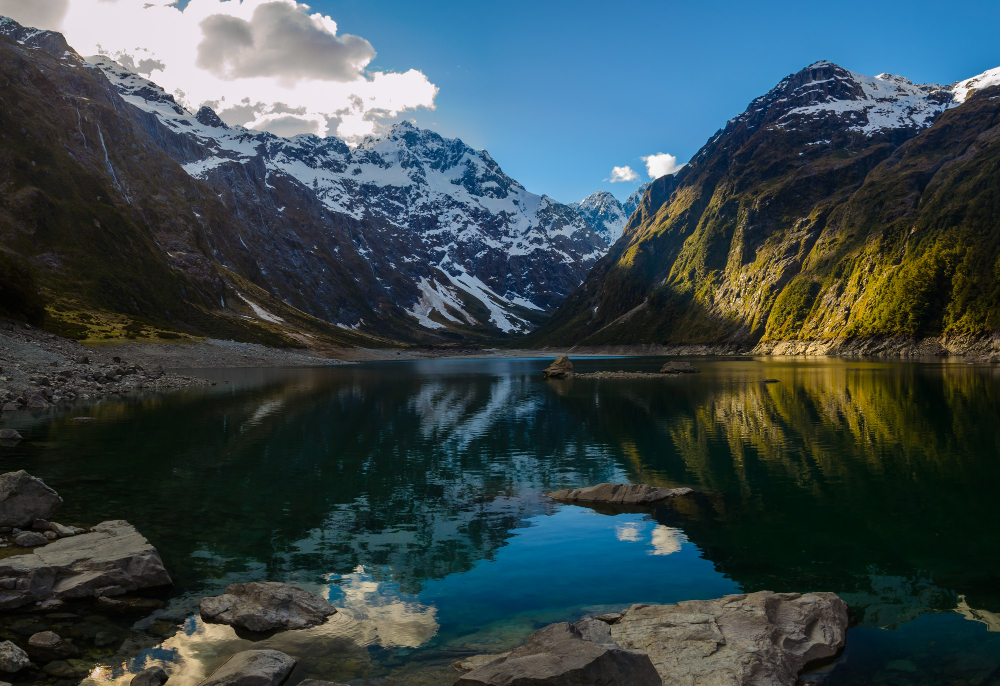
2. Oceania
Oceania accounts for 38% of organic agriculture land worldwide, with the leading position of Australia whose amount of certified organic land is nearly 35 mil. hectares (54% of total certified organic land of the whole world). The second position in certified organic land distribution is New Zealand with 65000 hecta. These 2 markets have been known for consistently fast growth rate and the big supply of organic food to major organic with high value.
In Australia and New Zealand, organic production is under strict management and eligible for generous supportive grants (production resources and investment) by the government. In these 2 countries, organic production must be in accordance with national regulation or organic agriculture. In order to attract resources (human resources and investment) for the organic industry, various awareness-raising activities are held frequently by agricultural organizations such as Organics Aotearoa New Zealand and the Organic Advisory Programme.
Pāmu Pure Organic – organic UHT whole milk from the largest agricultural farming producer in New Zealand: Pamu – Natural Food Group : Natural Food Group (natural-food.asia)
3. Europe & North America
Europe accounts for 24% organic land worldwide, with the leading position of Italy (1,150,253 hectares), Spain, (988,323 hectares), and Germany (865,336 hectares). It is predicted the expansion of organic farming is to take place substantially in the coming years.
Supportive actions are carried out throughout the European Union and the neighboring countries to boost the rate of organic conversion, including grants under rural development programs, legal framework building and various information campaigns to increase awareness of organic farming throughout the European Union.
North America holds for 2.2 mil. hectares of organic agricultural land – of 7% worldwide land distribution, with 12.064 farms (most located in the US with 1.6 mil. hectares in 2005).
Noticeably, North America’s market has significantly high value, constituting $20 bil. in 2007 and accounting for 45% of total organic industry’s revenue worldwide. The high demand in terms of quantity and value can be explained by the highly rising trend in organic consumption, by preferences shifted to healthy eating & environmental concerns.
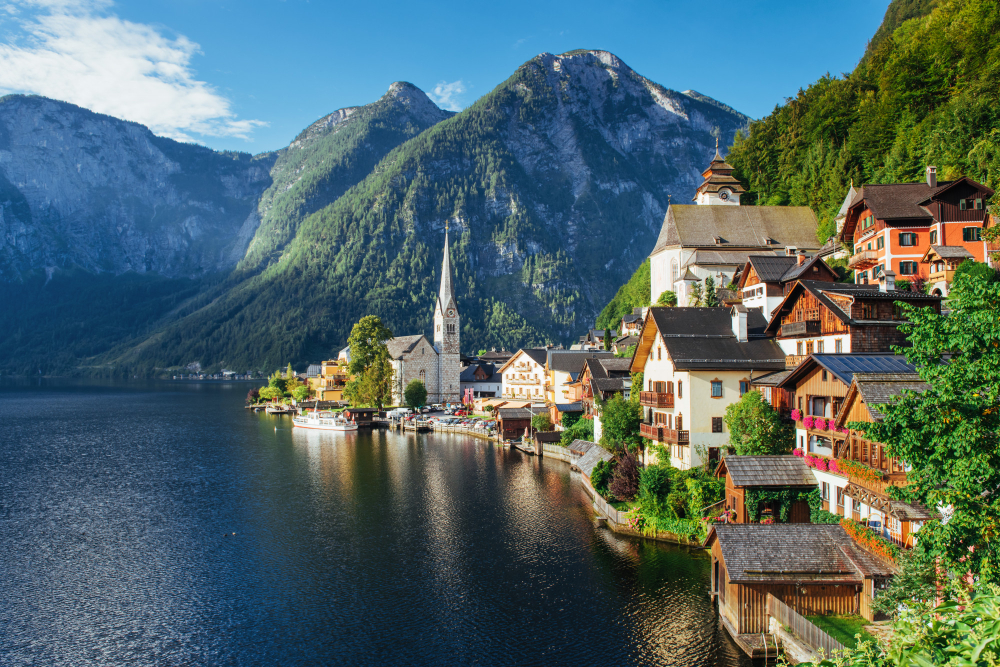
4. Africa
Despite having the second largest agricultural land reserves, Africa accounts for the lowest amount of organic land distribution – 1.3% hectares for 3% of total organic farming land worldwide in 2015 (mostly concentrated in East Africa).
Organic farming is predicted to thrive in the near future thanks to the vast resources from governments across this continent to invest in, as organic production guarantees greatly profitability by exporting and also solves the problem of food safety and environment threats.
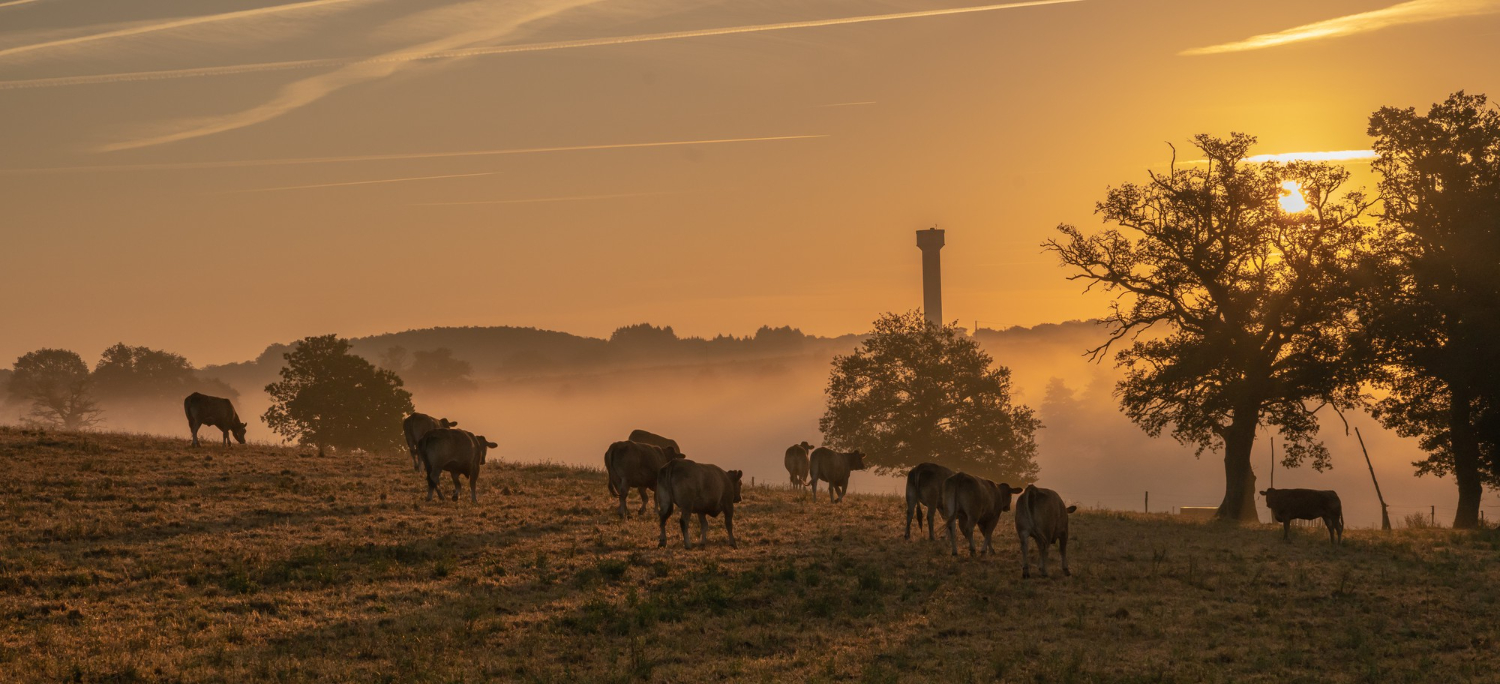
5. Latin America
Organic farming land in Latin America accounts for 20% total worldwide, with 6.4 mil hectares and 220.000 producers.
With high potential, 15 governments have already (and other 4 countries on their way) issued the national regulation on organic farming. This indicates the public sector plays a vital role in encouraging and directing the development of organic farming – a significant part of many countries’ economies in Latin America.
Reference:
Organic Farming by Continent: Organic farming by continent – Wikipedia
Featured post
-
05 Diet Plans That Are Good For Your Health
31/07/2022
-
Best Times to Sleep for Adults & Children
01/06/2022


